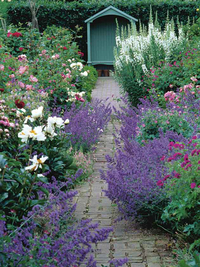Tough plants to choose for tough places in your garden
These tough plants will thrive in even the trickiest parts of your garden or patio, according to expert Adrienne Wild
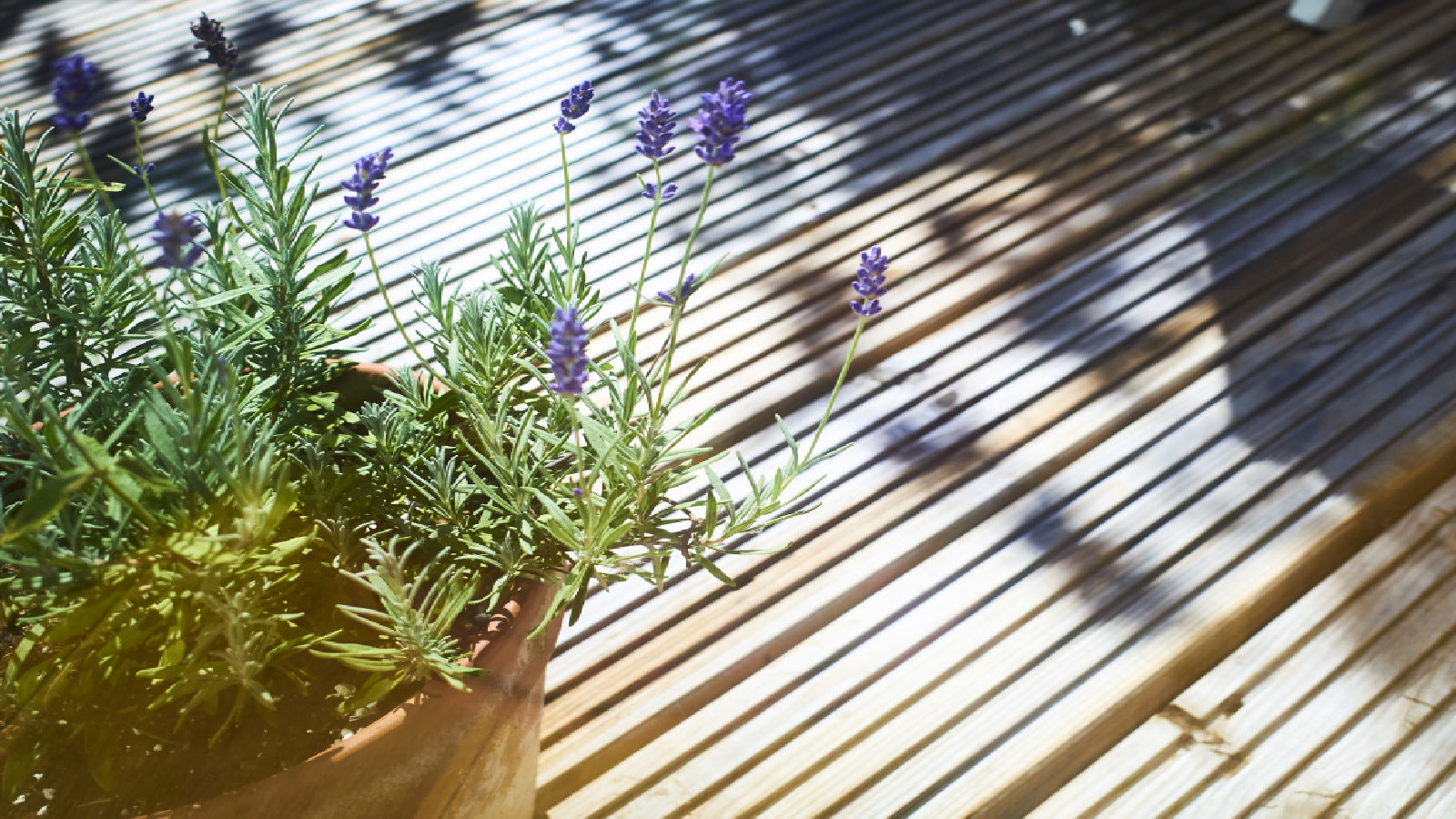
In an ideal world, we would all be blessed with a vast sun-soaked garden, full of rich soil and thriving beds. The reality for many of us is quite different and tough plants are needed for tough conditions.
Gardening expert, Adrienne Wild, has found some solutions for the most common garden gripes, from how to treat your soil or garden area to the hardiest little tough plants that will survive any condition, here's how to see your garden thrive, whatever its makeup.
Tough plants ideas for tough spots
Tough plants for dry shade
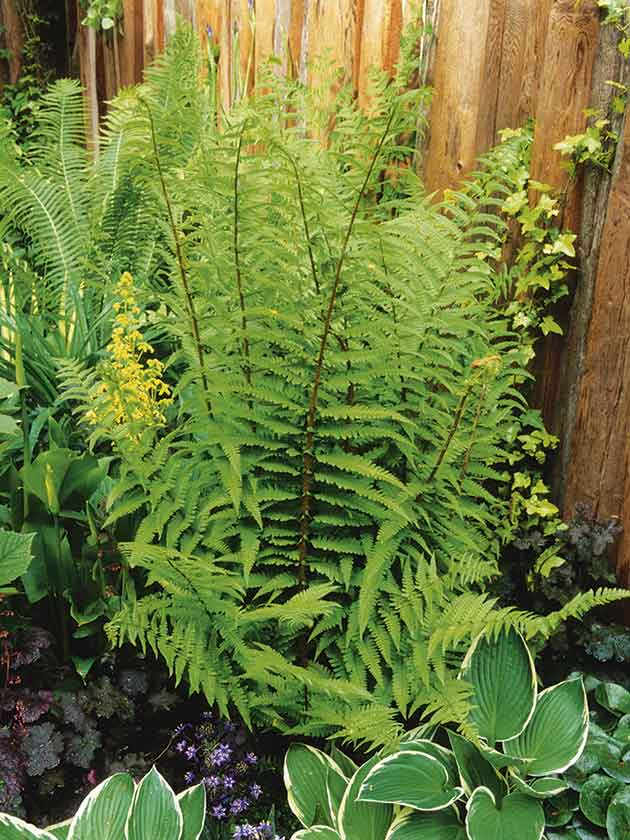
Tough plant: Soft shield fern Polystichum setiferum laughs at dry shade ©Alamy
Gloomy gardens and parched soil beneath trees often become dead zones, but this doesn’t have to be the case if you plant well—stick to tough plants: a palette of fresh green evergreens with a varied and interesting outline and ground-covering herbaceous perennials.
The plants being used to create the outline of the display will need a head start on the rest to avoid being swamped, so ideally plant the borders over two consecutive seasons.
The soil must be in good heart with plenty of organic matter added before planting and mulches used to ensure better moisture retention.
Choose these plants...
Put the emphasis on shiny leaves and white or pale-colored blooms to lift the garden out of gloom.
Sign up for the woman&home newsletter
Sign up to our free daily email for the latest royal and entertainment news, interesting opinion, expert advice on styling and beauty trends, and no-nonsense guides to the health and wellness questions you want answered.
In the dry shade beneath trees, the following plant shrubs do well:
- mahonia
- skimmia
- sambucus
- rubus
- ruscus
- symphoricarpos (and underplant with ground-hugging ajuga)
- alchemilla
- epimediums
- bergenia
- lamium
- hellebores
- pulmonaria and soft shield ferns
Tough plants for hot, dry spots in the garden
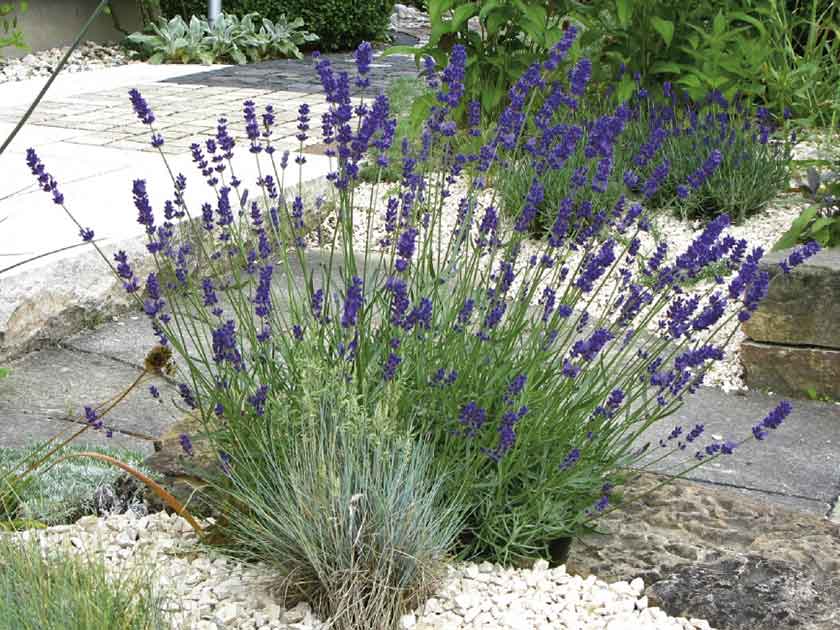
Tough plant: Lavender is great where water is scarce ©iStock.com
Give your garden’s dry patches a Mediterranean-style makeover and replace vulnerable grass with paving or gravel. Typically, Mediterranean gardens don’t have lawns, as they need lots of water in summer, which is their driest time of year.
Choose materials with earthy hues such as terracotta and sandstone, which will give it an authentic ‘sun-bleached’ look, and mix in contrasting splashes of blue with glazed pots and mosaics that are reminiscent of bright skies and sparkling turquoise sea.
Choose these plants...
Plants with grey or hairy foliage and spiky leaves such as lavender, rosemary, Artemisia, dianthus and salvia, and the dangerously pointed yet beautiful succulent agave are tough plants that have the armor to cope with extreme drought.
Scented-leaved pelargoniums and colorful oleander are also pretty tough plants and are perfect companions for terracotta pots and shapely olive jars, which can be planted with summer bedding in pastel schemes of lavender, hot pink, and purple or simply left empty for effect.
Tough plants for city gardens
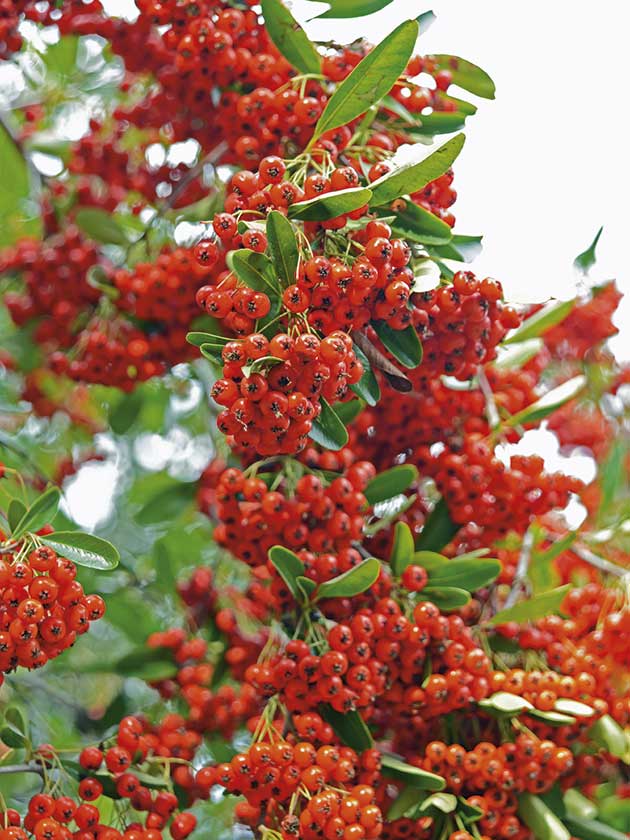
Tough plant: Pyracantha, with its wonderful red berries, is a great city plant © iStock.com
Scorched or dropping leaves and stunted growth are just some of the signs of city-stressed plants – those that are regularly subjected to an onslaught of pollutants.
Fortunately, nature has given certain plants a few useful tricks to protect themselves against toxic gases and dust, such as thick, leathery leaves and narrow, grassy foliage.
Choose these plants...
The best survivors are shrubs such as berberis, buddleja, cotoneaster and pyracantha, which are generally undemanding and grow away quickly after being damaged.
Evergreen skimmias are great tough plants for year-round interest and are tolerant of difficult conditions.
The decorative sedge Carex testacea is a particularly tough plant for roadside planting, even when exposed to strong sunlight, which makes the deepening colours of its arching orange-brown leaves intensify.
Cordyline australis, which has strappy leaves creating a dramatic shape, is a survivor, even when neglected, as is Christmas box, Sarcococca humilis, which has glossy evergreen leaves and fragrant cream-colored flowers in winter.
Tough plants for sloped gardens
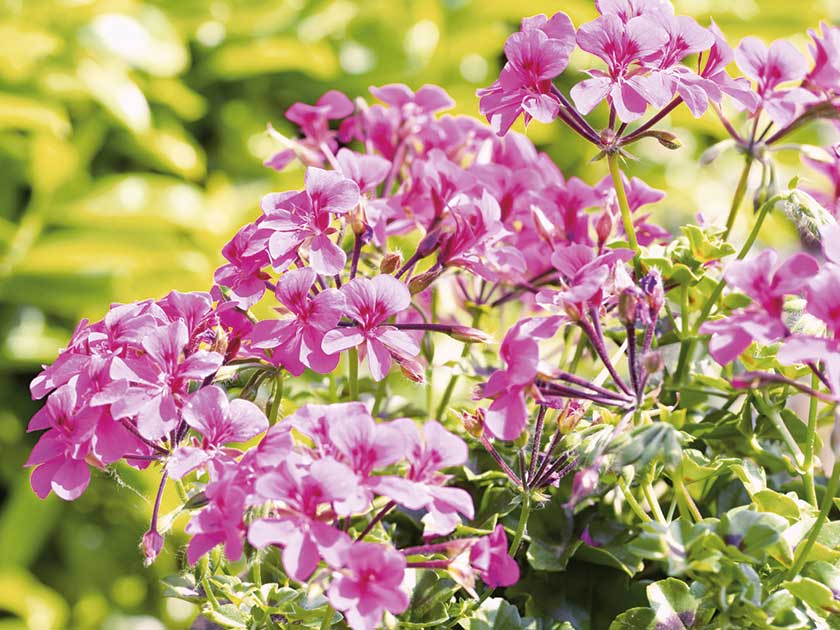
Tough plants: Pelargoniums are another great choice in hot spots ©iStock.com
A simple, short flight of steps between terraced areas will make a definite statement, telling you that you have moved from one area to another, and works best if you allow the plants to merge with the paving to soften its edges.
A very steep slope, however, is probably best left as a grassy bank, but if it’s difficult to mow—only gradients of 90cm in 3m can be mown safely – aim for a contoured look with shrubs of differing heights and ground-cover plants to create a more interesting, textured carpet.
Choose these plants...
Ground-hugging plants such as Pachysandra terminalis and Vinca major and V. minor make splendid evergreen carpets.
Prostrate or creeping junipers also offer some of the best labor-saving ground covers and are especially good for very steep slopes where access is limited.
For exposed slopes and areas where there is heavy traffic pollution, you can’t beat evergreen euonymus, which will scramble over obstacles without assistance.
Tough plants for windy gardens
While good air circulation is essential for preventing a build-up of fungal spores that lead to plant diseases, strong wind can be devastating to plants, as it causes leaves to become desiccated and die, and weak branches to break.
Wind can also weaken the roots’ grip on the soil so that the plant is partly lifted out of the ground – this is known as ‘wind rock’. Creating a shelterbelt in an exposed garden will help enormously: hedges are effective, as is netting—both filter the wind and slow it down without any unwanted side effects.
Choose these plants...
Pick plants with small leaves or with feathery or finely divided foliage rather than big leaves, which are easily torn. Heathers and callunas work well and can be selected with flowers and colored, sage green foliage for winter interest.
While traditionally partnered with conifers, they can be used to create ribbons of color through borders or linked to create an unusual parterre or knot feature, which can be lightly trimmed to retain crisp lines immediately after flowering.
You might also like...
Make cottage garden shrubs the backbone of your borders for lasting good looks. Read our guide to cottage garden shrubs by Adrienne Wild
Adrienne Wild is the gardening editor for Woman's Weekly and the Sunday People. She was previously an award-winning editor at Practical Gardening, Gardening Answers and Your Garden magazines. She has more than 45 years of experience as a gardening journalist working for newspapers and websites, as well as for magazines. She created her first garden at age three in a washing up bowl and has been growing plants and learning her craft ever since.
-
 Ranvir Singh’s denim midi dress is perfect for April date nights
Ranvir Singh’s denim midi dress is perfect for April date nightsYour favourite jeans will always be an easy outfit staple but denim dresses have the same comfort factor and more elegance.
By Emma Shacklock Published
-
 My family runs a pizza business - this is the pizza oven we use when we're not on the clock
My family runs a pizza business - this is the pizza oven we use when we're not on the clockThe Gozney Arc is a sleek, elegant pizza oven offering dual-fuel cooking, modern design features, and a robust, durable build. Here's everything you need to know.
By Laura Honey Published
